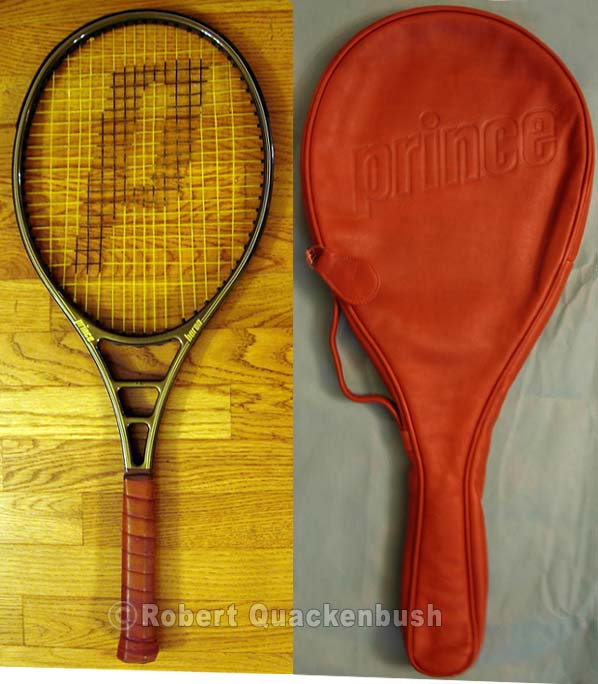jimbo333
Hall of Fame
I'm wondering what is the stiffest tennis racquet ever made?
I would suggest the "Kuebler - Widebody 280HZ" made in about 1990!

Has a VF (Vibration Frequency) of, yes, 280HZ and am guessing an RA of over 100?
Edit. I'm now guessing RA for this would be in the 90's, but currently still think it's the stiffest racquet ever made!
I would suggest the "Kuebler - Widebody 280HZ" made in about 1990!

Has a VF (Vibration Frequency) of, yes, 280HZ and am guessing an RA of over 100?
Edit. I'm now guessing RA for this would be in the 90's, but currently still think it's the stiffest racquet ever made!
Last edited:


